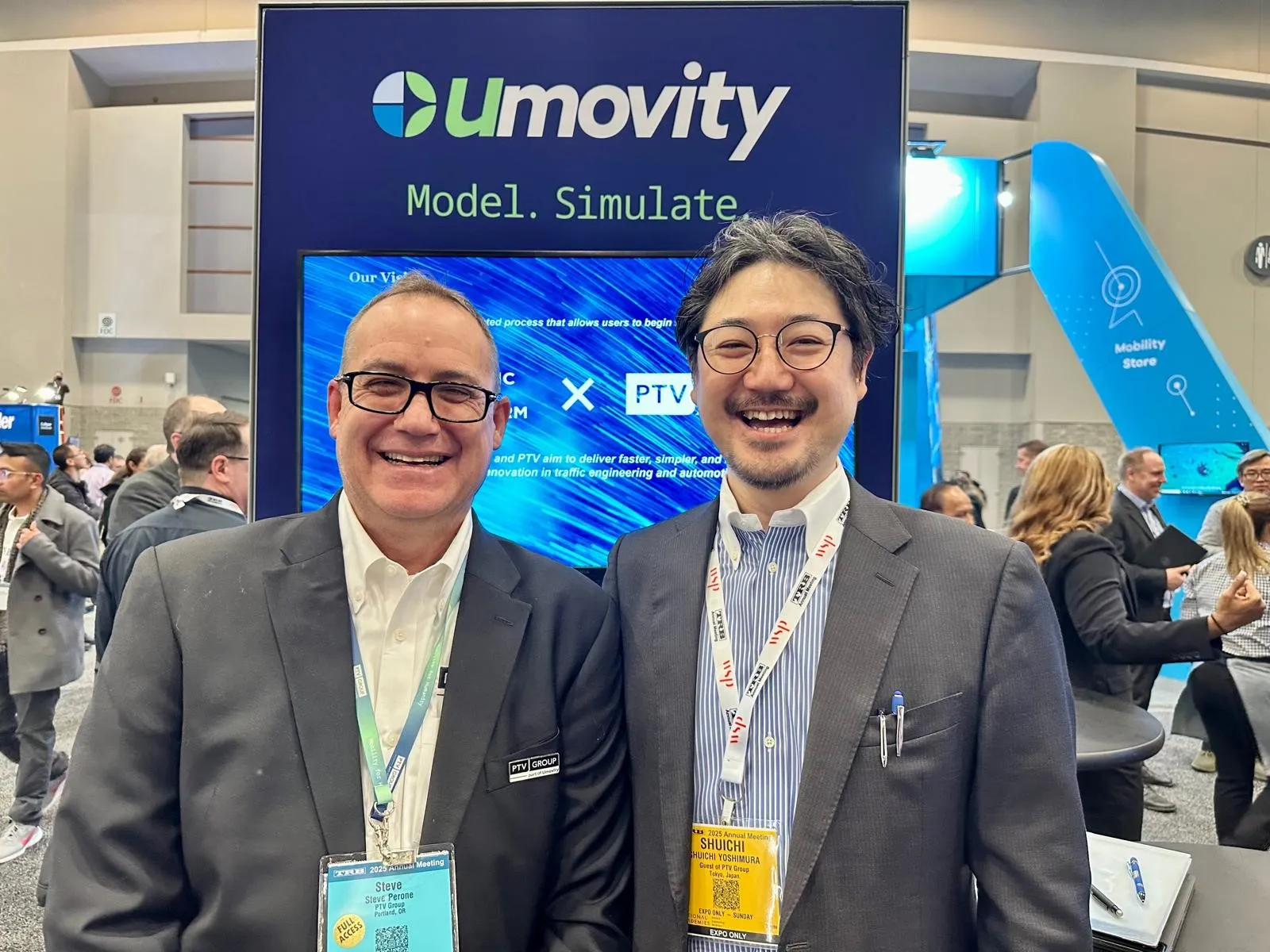
PTV Group and Japan-based Dynamic Map Platform (DMP) have announced a partnership at the Transportation Research Board (TRB) Annual Meeting in Washington, DC.
A memorandum of understanding was signed by DMP CEO Shuichi Yoshimura and Steve Perone, MD of PTV America, which is part of Umovity.
DMP's high-precision 3D map data will be combined with PTV Vissim in a move which, the companies say, will enhance the efficiency and effectiveness of simulation models for traffic engineering projects and virtual test drives.
This will enable the introduction of PTV Model2Go for PTV Vissim networks, "out of the box and in just a few days, unlocking a wealth of opportunities for both the automotive industry and traffic engineering", says Perone.
“Precise data is essential for creating realistic simulations," he adds.
"By providing HD maps to PTV and PTV users around the world, it is possible to replicate a road network that is as close to reality as possible on a global scale," says Yoshimura. "Through this partnership, we look forward to significant innovation in the automotive and transportation industries."
DMP was established based on the All-Japan System, which is supported by the government of Japan and unifies Japanese companies, including 10 automobile manufacturers.
It has around 300 staff and group companies in the US, Germany, South Korea and the Middle East.










